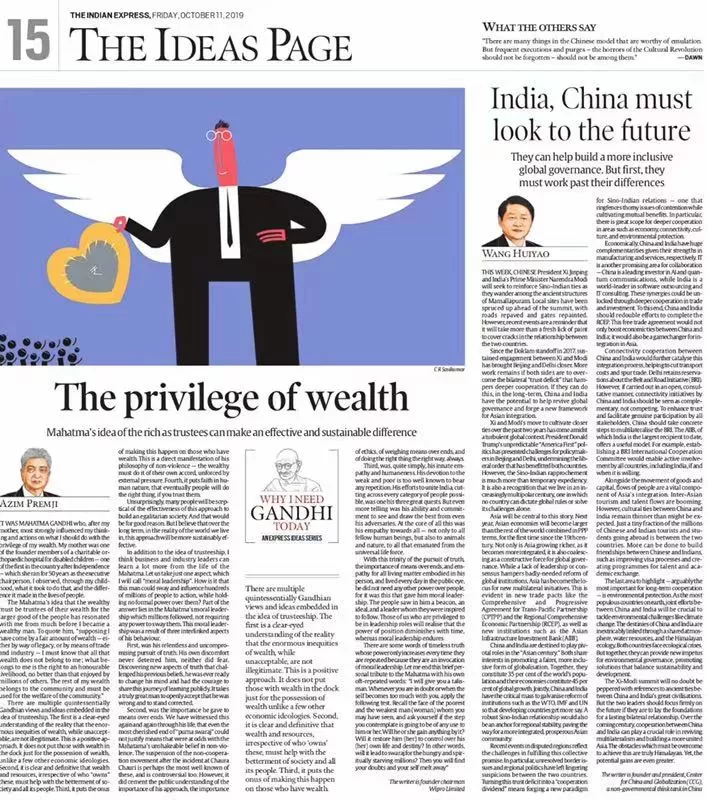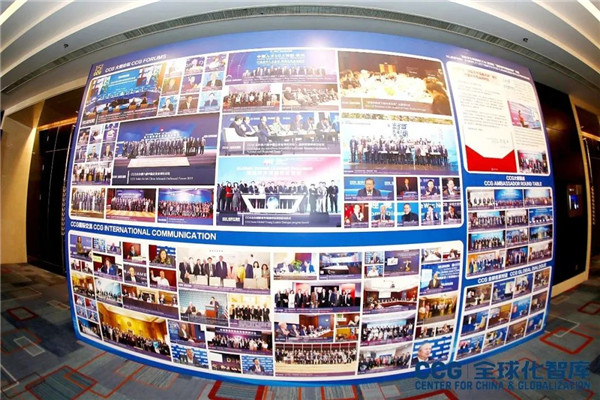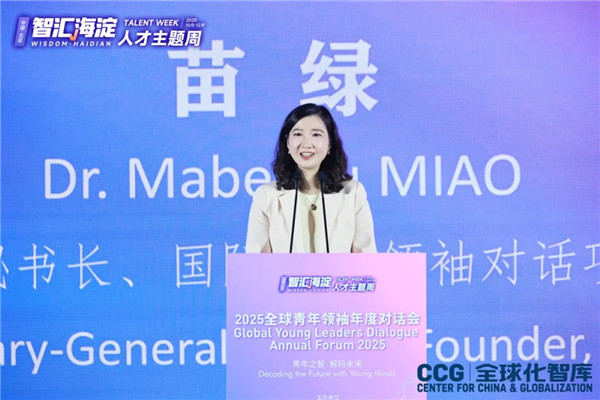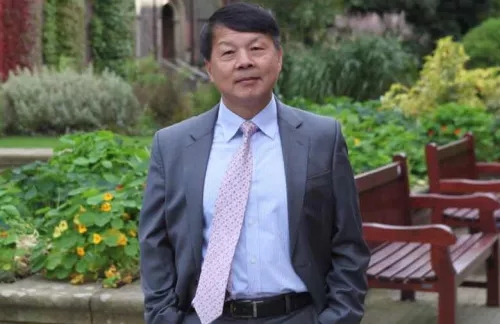Wang Huiyao: India, China must look to the future
October 11 , 2019Narendra Modi and Xi Jinping should focus firmly on the future if they are to lay the foundations for a lasting bilateral relationship.

By Wang Huiyao |
President of the Center for China and Globalization(CCG)
This week, Chinese President Xi Jinping and India’s Prime Minister Narendra Modi will seek to reinforce Sino-Indian ties as they wander among the ancient structures of Mamallapuram. Local sites have been spruced up ahead of the summit, with roads repaved and gates repainted. However, recent events are a reminder that it will take more than a fresh lick of paint to cover cracks in the relationship between the two countries.
Since the Doklam standoff in 2017, sustained engagement between Xi and Modi has brought Beijing and Delhi closer. More work remains if both sides are to overcome the bilateral “trust deficit” that hampers deeper cooperation. If they can do this, in the long-term, China and India have the potential to help revive global governance and forge a new framework for Asian integration.
Xi and Modi’s move to cultivate closer ties over the past two years has come amidst a turbulent global context. President Donald Trump’s unpredictable “America First” politics has presented challenges for policymakers in Beijing and Delhi, undermining the liberal order that has benefitted both countries. However, the Sino-Indian rapprochement is much more than temporary expediency. It is also a recognition that we live in an increasingly multipolar century, one in which no country can dictate global rules or solve its challenges alone.
Asia will be central to this story. Next year, Asian economies will become larger than the rest of the world combined in PPP terms, for the first time since the 19th century. Not only is Asia growing richer, as it becomes more integrated, it is also coalescing as a constructive force for global governance. While a lack of leadership or consensus hampers badly-needed reform of global institutions, Asia has become the locus for new multilateral initiatives. This is evident in new trade pacts like the Comprehensive and Progressive Agreement for Trans-Pacific Partnership (CPTPP) and the Regional Comprehensive Economic Partnership (RCEP), as well as new institutions such as the Asian Infrastructure Investment Bank (AIIB).
China and India are destined to play pivotal roles in the “Asian century.” Both share interests in promoting a fairer, more inclusive form of globalisation. Together, they constitute 35 per cent of the world’s population and their economies constitute 45 per cent of global growth. Jointly, China and India have the critical mass to galvanise reform of institutions such as the WTO, IMF and UN so that developing countries get more say. A robust Sino-Indian relationship would also be an anchor for regional stability, paving the way for a more integrated, prosperous Asian community.
Recent events in disputed regions reflect the challenges in fulfilling this collective promise. In particular, unresolved border issues and regional politics have left lingering suspicions between the two countries. Turning this trust deficit into a “cooperation dividend” means forging a new paradigm for Sino-Indian relations — one that ringfences thorny issues of contention while cultivating mutual benefits. In particular, there is great scope for deeper cooperation in areas such as economy, connectivity, culture, and environmental protection.
Economically, China and India have huge complementarities given their strengths in manufacturing and services, respectively. IT is another promising area for collaboration — China is a leading investor in AI and quantum communications, while India is a world-leader in software outsourcing and IT consulting. These synergies could be unlocked through deeper cooperation in trade and investment. To this end, China and India should redouble efforts to complete the RCEP. This free trade agreement would not only boost economic ties between China and India; it would also be a gamechanger for integration in Asia.
Connectivity cooperation between China and India would further catalyse this integration process, helping to cut transport costs and spur trade. Delhi retains reservations about the Belt and Road Initiative (BRI). However, if carried out in an open, consultative manner, connectivity initiatives by China and India should be seen as complementary, not competing. To enhance trust and facilitate genuine participation by all stakeholders, China should take concrete steps to multilateralise the BRI. The AIIB, of which India is the largest recipient to date, offers a useful model. For example, establishing a BRI International Cooperation Committee would enable active involvement by all countries, including India, if and when it is willing.
Alongside the movement of goods and capital, flows of people are a vital component of Asia’s integration. Inter-Asian tourism and talent flows are booming. However, cultural ties between China and India remain thinner than might be expected. Just a tiny fraction of the millions of Chinese and Indian tourists and students going abroad is between the two countries. More can be done to build friendships between Chinese and Indians, such as improving visa processes and creating programmes for talent and academic exchange.
The last area to highlight — arguably the most important for long-term cooperation — is environmental protection. As the most populous countries on earth, joint efforts between China and India will be crucial to tackle environmental challenges like climate change. The destinies of China and India are inextricably linked through a shared atmosphere, water resources, and the Himalayan ecology. Both countries face ecological crises. But together, they can provide new impetus for environmental governance, promoting solutions that balance sustainability and development.
The Xi-Modi summit will no doubt be peppered with references to ancient ties between China and India’s great civilisations. But the two leaders should focus firmly on the future if they are to lay the foundations for a lasting bilateral relationship. Over the coming century, cooperation between China and India can play a crucial role in reviving multilateralism and building a more united Asia. The obstacles which must be overcome to achieve this are truly Himalayan. Yet, the potential gains are even greater.
Topical News See more






